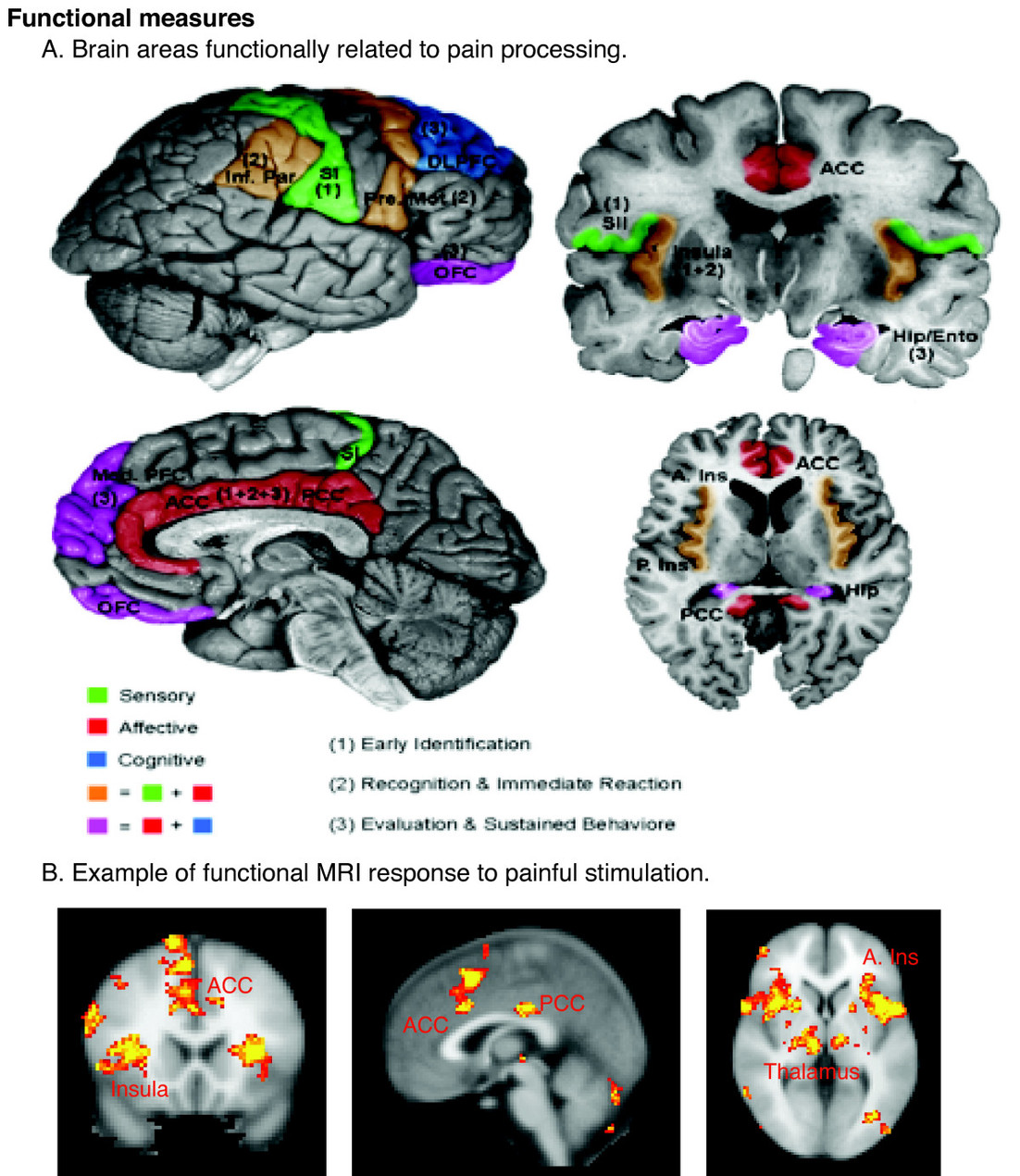Review of Moseley/Hodges Talk Part Two
This is part two of my review of the three day conference by Lorimer Moseley and Paul Hodges on pain and motor control. If you haven’t read the first part please take a quick look here before reading on so you are up to speed. I said it before and I’ll say it again, this conference was amazingly on target with my interests. This blog is about moving better and feeling better, and here are two of the world experts on motor control and pain in the same room at the same time taking about how the concepts are related. Amazing. OK let’s continue with what I learned from Moseley.
Neurotags
 Lorimer spent a lot of time with the concept of a neurotag, which is basically the pattern of neuron activation which creates a certain output of the brain, such as a perception, thought, movement or immune system response.
Lorimer spent a lot of time with the concept of a neurotag, which is basically the pattern of neuron activation which creates a certain output of the brain, such as a perception, thought, movement or immune system response.
Each of the "member cells" of a particular neurotag are also member cells in other neurotags. Therefore, if two neurotags share many member cells, activation of one will make activation of the other easier. Here is one reason we might care to know this. It is very likely that your neurotag for back pain has some member cells that are also involved in the neurotag for thinking about the concept of a slipped disc. So when someone mentions a slipped disc, and you activate your neurotag for "slipped disc" to think about it, you also activate some of the member cells for your back pain neurotag. Therefore thinking about a slipped disc will lower the threshold for activation of your back pain neurotag. Get it? Reread if necessary! This is a very simple explanation for why pain can be modified by so many different inputs.
Lorimer used a fun method to illustrate how neurotags work by asking everyone in the room (maybe 400 people) to imagine they were all individuals neurons in one big brain. Then he would ask certain groups of people (e.g. everyone wearing a red sweater) to stand up, and asked us to imagine that together they formed the neurotag for a particular output (e.g. feeling pain in the thumb.) He returned to this exercise often to illustrate how pain neurotags are formed, how they can become imprecise or facilitated, and how they can facilitate activation of related neurotags.
Disinhibition/imprecision
Many neurological problems, including chronic pain, are caused in part by what Lorimer called “imprecision”, which is the failure to inhibit unwanted firing of neurons outside the desired neurotag. Under normal conditions, when all goes well, a process called intracortical inhibition prevents the activity of a particular neuron from exciting its neighbors in an undesirable way. But sometimes this inhibitory process fails (“disinhibition”), which leads to imprecision in the creation of neurotags.
Lorimer illustrated this imprecision by asking groups of neuron/people to stand as explained above. For example, he would ask us to imagine that the thumb had been hit by a hammer, and that all the people in red sweaters needed to stand in order to activate the neurotag for thumb pain. The red sweater people also needed to prevent their neighbors from standing as well (intracortical inhibition).
What if intracortical inhibition fails, and the neighbors stand up as well (perhaps to get a better view of what the standing people were looking at.) This would lead to an imprecise pain neurotag, which might create pain in the thumb and forefinger. This disinhibition, or imprecision, is one reason why pain might spread beyond the area of actual tissue damage, move from one area to another, or become harder to locate in a specific area.
Similar problems with imprecision can affect neurotags for any kind of brain output, including perceptions, thoughts, immune responses and movements. Thus, imprecision is behind a variety of neurological disorders such as bipolar disorder, schizophrenia, Parkinson's disease, dystonia, migraine, and chronic pain.
I asked Lorimer why some people seem to have problems with imprecision. The answer? We don’t know!
Facilitation/sensitization
Another significant problem with chronic pain that is often confused with disinhibition or imprecision is facilitation. This occurs when the threshold for activation of a particular pain neurotag is lowered, so that it can be activated easier by a broader array of stimuli. The neurotag remains precise, it just gets easier to activate. This idea made me think of a radio - imprecision is like static and facilitation is like turning up the volume.
Lorimer illustrated facilitation (at least I think that is what he was doing) by asking a certain group of neurotag people (everyone wearing necklaces) to stand up and then sit down repeatedly. After three or four repetitions, one of the neuron people just kept standing. So Lorimer said "Aha", see that, she has become facilitated, and now stands very quickly and takes longer to sit. The neurotag is now activating at a lowered threshold. We could call this sensitization, and it explains why pain that persists might start to get activated with less and less stimulus. For some people with a high degree of sensitization/facilitation, just thinking about moving an area is sufficient to evoke pain.
Well I have run out of time again, and it looks like I will need another post (or maybe two) to get through Lorimer’s talk. And I haven’t even gotten started on Paul’s talk either. Stay tuned.
Read part three here.
If you want to read more about pain and some of Lorimer Moseley's research, check out some of the posts below:
Great Ted Talk on Why Things Hurt
Great New Paper on Targeting the Brain for Treatment of Pain
A Skeptical Look at the Theories of Dr. John Sarno
